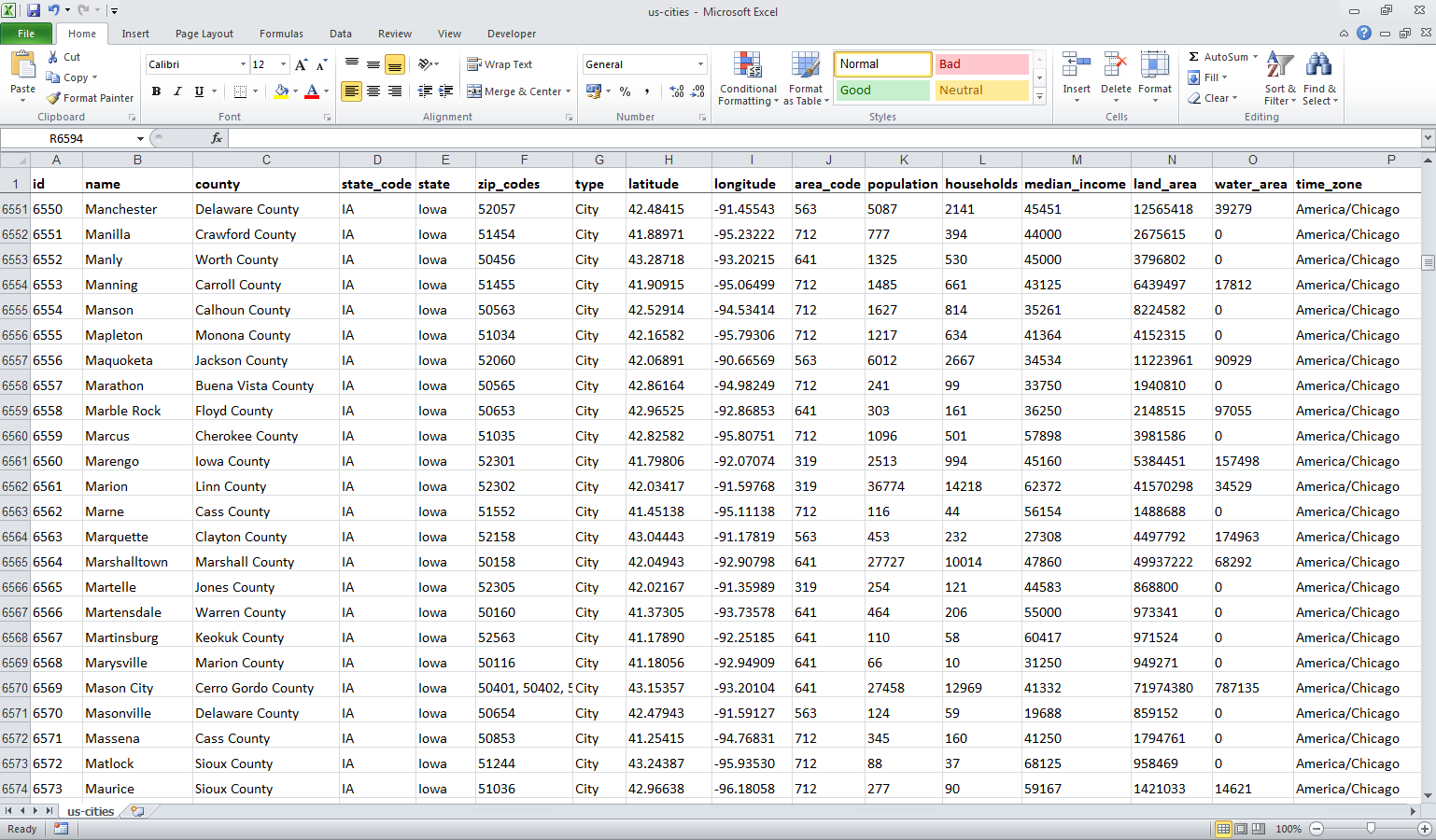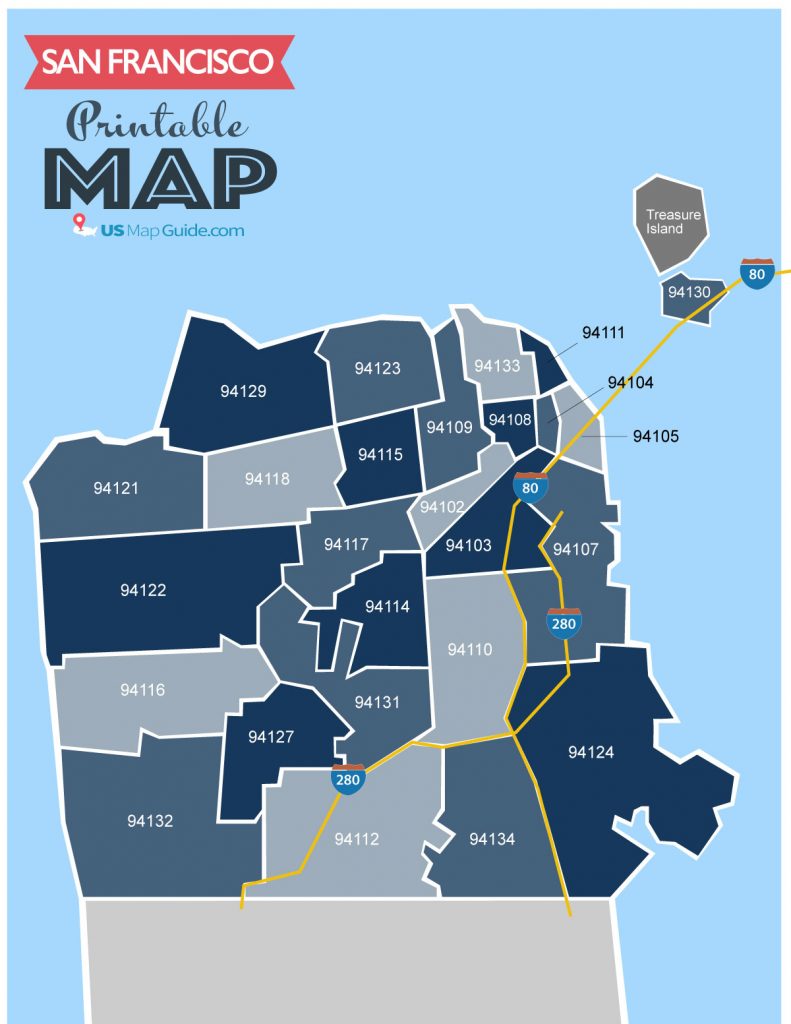

Named for the Cheyenne Nation of Native Americans. Named in honor of Jerome Bunty Chaffee, one of Colorado's first two U.S. Named for the broom corn that was formerly grown in the area. Split from Boulder, Adams, Jefferson, and Weld counties and reorganized as a consolidated city and county.

Named for the abundance of granite boulders along Boulder Creek. Named in honor of frontier trader William Bent.Ĭreated as one of the 17 original counties of the Territory of Colorado. Split from Huerfano County and former Cheyenne and Arapaho tribal land. Named in honor of pioneer and Colorado territorial legislator Felipe Baca. Archuleta and his father, José Manuel Archuleta. Named in honor of Colorado State Senator Antonio D. Named for predecessor Arapahoe County, Kansas Territory, which in turn was named for the Arapaho Nation of Native Americans. Renamed South Arapahoe County for the five months from Novemto April 11, 1903. Alamosa is a Spanish word for a cottonwood grove.Ĭreated as one of the 17 original counties of the Territory of Colorado. Named for the cottonwood trees which grow along the Rio Grande and its tributaries. Split from Costilla County and Conejos County. Named in honor of Alva Adams, the 5th, 10th, and 14th Governor of the State of Colorado. Alamosa was created in 1913, and in 2001, Broomfield was consolidated as a city and county, bringing the total to 64 counties. By 1912, Jackson County, Moffat County, and Crowley County had been created. On November 15, 1902, Arapahoe County was split into Adams and South Arapahoe Counties, and Denver was consolidated as a city and county from portions of both newly formed counties on December 1, 1902. By 1900, Mineral County and Teller County had been added. Between February 19 and April 16 in 1889, Morgan, Yuma, Cheyenne, Otero, Rio Blanco, Phillips, Sedgwick, Kiowa, Kit Carson, Lincoln, Prowers, Baca, and Montezuma counties were formed, bringing the total to 55.

Washington County and Logan County were both created in 1887. The number rose to 40 in 1885 with the creation of Archuleta County on April 14. In 1883, Montrose, Mesa, Garfield, Eagle, Delta, and San Miguel counties were formed, leaving the total number of counties at 39. In 1881, Dolores County and Pitkin County were created. From February 8–10, 1879, Lake county was renamed Carbonate County. In February 1879, Chaffee County was created. In January 1877, Routt and Ouray were formed, followed by Gunnison and Custer counties in March. The last county to be created under the Colorado Territory name was San Juan County, created three months before statehood.īy the time Colorado became a state on August 1, 1876, it had only 26 counties. Greenwood was absorbed into Bent on February 5. On February 2, 1874, Grand County and Elbert County were formed, and on February 10, La Plata, Hinsdale, and Rio Grande counties were created. Bent County was created in February 1870, followed by Greenwood the following month. On February 9, 1866, the first new county, Las Animas, was created, followed by Saguache in December of that year.
#Us zip code list by county plus
ZIP Codes can represent an area within a state (an area that may or may not cross county boundaries), an area that crosses state boundaries (an unusual condition), or a single building or company that has a very high mail volume.On November 1, 1861, the new Territory of Colorado created 17 original counties: Arapahoe, Boulder, Clear Creek, Costilla, Douglas, El Paso, Fremont, Gilpin, Guadalupe, Huerfano, Jefferson, Lake, Larimer, Park, Pueblo, Summit, and Weld plus the Cheyenne Reserve. A ZIP Code is a 5-digit code that identifies a specific geographic delivery area. ZIP is an acronym for Zone Improvement Plan. If found, the standardized address and ZIP+4 Code Code will be returned.į.Y.I. Valid US Cities/Zip Codes Valid US Cities and Zip CodesĪdditional USPS City/State/ZIP Code Associations.Įnter an address.


 0 kommentar(er)
0 kommentar(er)
